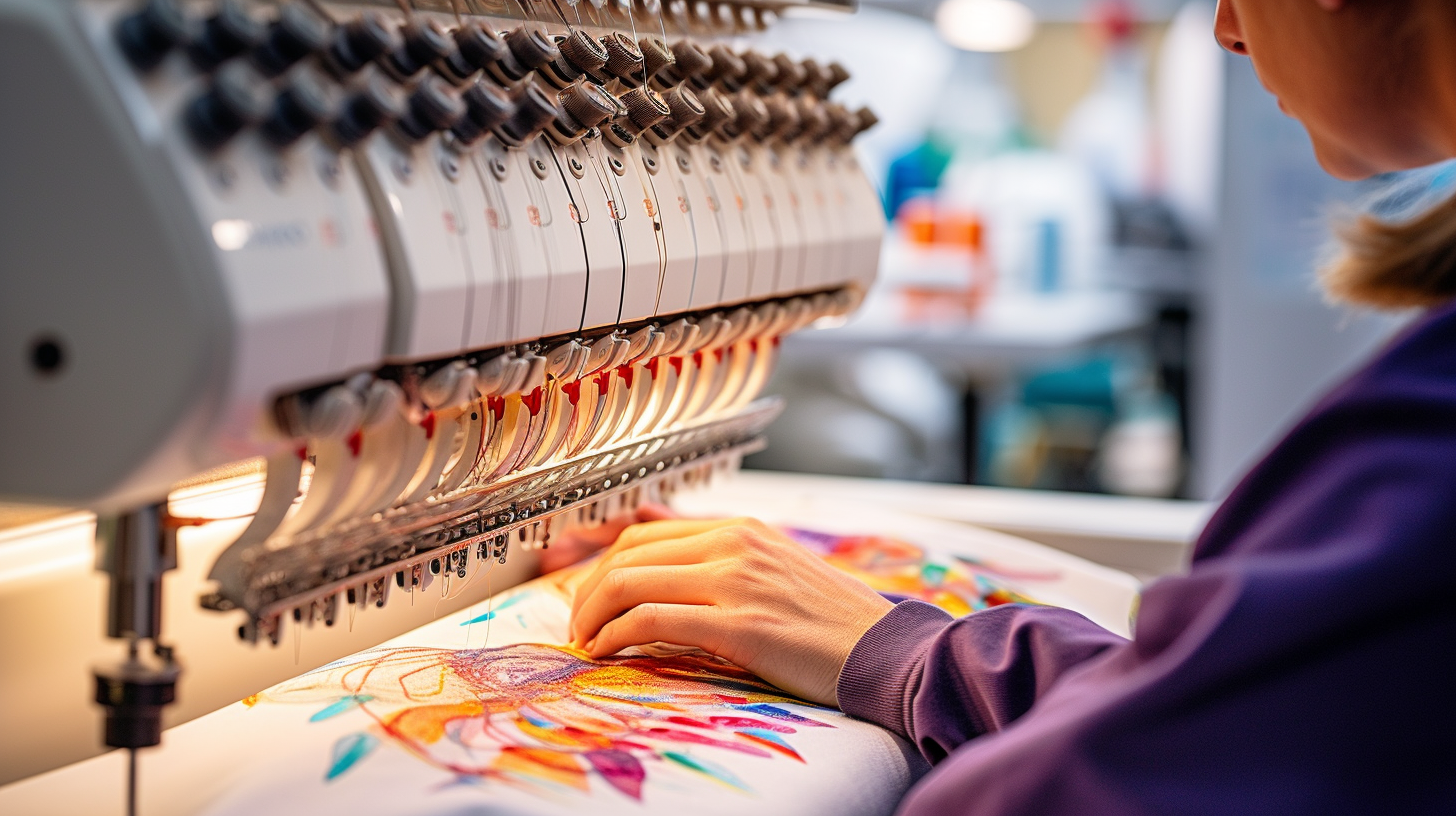Budget-friendly Digitizing for Embroidery: Accuracy and Information
Budget-friendly Digitizing for Embroidery: Accuracy and Information
Blog Article
Understanding the Embroidery Digitizing Process: Your Ultimate Guide
Embroidery digitizing is a thorough craft that calls for accuracy and competence to convert detailed layouts right into electronic layouts for equipment needlework. As craftsmens embark on this trip to understand the needlework digitizing procedure, a detailed understanding of the fundamentals sets the foundation for excellence.

Understanding Embroidery Digitizing Fundamentals
Needlework digitizing essentials form the structure whereupon detailed layouts are converted right into machine-readable layouts for accurate sewing. This first action in the needlework digitizing procedure is vital for ensuring that the final stitched item is a loyal depiction of the original style. Comprehending embroidery digitizing basics involves comprehending key principles such as stitch types, stitch direction, density, underlay, and draw payment.
Sew types play an essential role in identifying the aesthetic and textural result of the embroidered design. By picking the ideal stitch type, whether it be satin, fill, or running stitch, digitizers can achieve the preferred result and improve the overall quality of the embroidery. In addition, sew direction influences the circulation and measurement of the style, while thickness establishes the spacing and insurance coverage of the stitches.
Moreover, underlay sewing supplies stability to the layout by protecting the textile and stopping distortion during the needlework process. Draw payment is another crucial consideration to counteract the all-natural tendency of textile to contract when sewn. Grasping these needlework digitizing fundamentals is basic for producing professional-quality stitched products.
Choosing the Right Digitizing Software Application
Picking the ideal digitizing software application is a crucial decision that considerably affects the performance and quality of the embroidery digitizing process. Digitizing for Embroidery. When selecting the best digitizing software, it is necessary to take into consideration factors such as the complexity of layouts you intend to create, the user-friendliness of the software, the level of client support provided, and the compatibility with your embroidery device
There are different digitizing software application alternatives offered in the marketplace, ranging from fundamental programs for newbies to advanced software application for professional digitizers. Some prominent options include Wilcom EmbroideryStudio, Hatch Embroidery Software Application, and PulseID. These software use a variety of devices and attributes to aid you develop detailed layouts easily.
Prior to making a choice, it is a good idea to discover the different software application options through complimentary tests or demonstrations to identify which one best suits your demands. In addition, checking out reviews and seeking referrals from seasoned digitizers can offer useful understandings right into the staminas and weaknesses of each software (Digitizing for Embroidery). By meticulously examining your demands and comparing the features of different digitizing software application, you can make an enlightened choice that enhances your check over here needlework digitizing workflow
Digitizing Devices and Methods

Optimizing Style Setup for Embroidery
Mastering the details of design settings is fundamental in achieving ideal results in the embroidery digitizing procedure, structure upon the foundation laid by understanding digitizing tools and strategies. When maximizing design setups for embroidery, it is vital to consider factors such as stitch type, thickness, underlay, pull payment, and enrollment. Enrollment setups straighten different Homepage components of the design accurately, preserving general style stability.

Troubleshooting Common Digitizing Issues
When encountering common digitizing issues throughout the needlework process, it is vital to comprehend the source and carry out reliable remedies immediately. One usual problem is stitch his explanation thickness concerns, where stitches might be as well dense, creating the textile to tighten, or as well sparse, bring about spaces in the style. Adjusting the stitch density setups in the digitizing software program can aid solve this issue.
One more constant obstacle is thread breaks during the embroidery procedure. This can happen due to different factors such as incorrect tension setups, plain needles, or making use of low-quality string. Ensuring appropriate maintenance of the needlework device, consisting of regular needle modifications and tension modifications, can lessen the event of string breaks.
Moreover, design enrollment mistakes can result in misaligned elements within the embroidery style. Inspecting the style positioning in the digitizing software and making needed modifications prior to stitching can assist in avoiding this problem. By dealing with these typical digitizing problems quickly and successfully, you can make sure a smoother needlework process and high-grade ended up items.
Final Thought
Finally, understanding the embroidery digitizing procedure calls for a strong understanding of the fundamentals, the best choice of software, and expertise of devices and methods. Optimizing design settings and troubleshooting common digitizing problems are vital actions in guaranteeing premium embroidery outcomes. By following these steps faithfully, one can attain accuracy and performance in the digitizing procedure.
Report this page